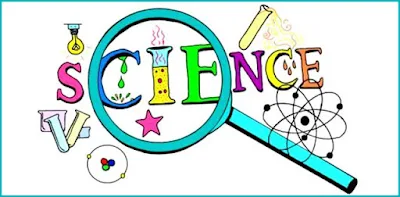फ्यूज तार एक पतला तार होता है जे अल्प गलनांक तथा कम प्रतिरोध वाले मिश्र धातु (टिन व सीसा) का बना होता है
🎯🎸 Important One Liner Question In Hindi 🎸🎯
Q.-1. माइक्रोफोन — ध्वनि ऊर्जा को विद्युत ऊर्जा में
Q.-2. विद्युत सेल — रासायनिक ऊर्जा को विद्युत ऊर्जा में
Q.-3. सितार — यांत्रिक ऊर्जा को ध्वनि ऊर्जा में।
Q.-4. फ्यूज तार एक पतला तार होता है जे अल्प गलनांक तथा कम प्रतिरोध वाले मिश्र धातु (टिन व सीसा) का बना होता है।
Q.-5. टेलीफोन, टेलीग्राफ, विद्युत घण्टी तथा विद्युत क्रेन विद्युत धारा के चुम्बकीय प्रभाव पर कार्य करते हैं।
Q.-6. हीटर प्लेट प्लास्टर ऑफ पेरिस एवं चीनी मिट्टी के मिश्रण से बनाई जाती है जो विद्युत की कुचालक होती है।
Q.-7. हीटर में तापन तन्तु नाइक्रोम, केलोराइट, क्रोमेल आदि का बना हुआ प्रयुक्त किया जाता है।
Q.-8. विद्युत स्त्री या प्रेस में तापन तन्तु नाइक्रोम अभ्रक के टुकड़ोँ में रखा जाता है।
Q.-9. विद्युत टोस्टर जो डबल रोटी को सेकने के लिए प्रयुक्त किया जाता है, में तापन तन्तु नाइक्रोम तार का बना होता है।
Q.-10. रेफ्रिजरेटर न्यून दाब पर द्रव के वाष्पन सिद्धान्त पर कार्य करता है।
Q.-11. रेफ्रिजरेटर में अमोनिया, मिथाइल क्लोराइड, क्लोरोफ्लोरो कार्बन (फ्रीऑन) एवं हाइड्रोफ्लोरो कार्बन प्रशीतक के रूप में काम में लाये जाते हैं।
Q.-12. किसी चालक में विद्युत धारा प्रवाहित करने पर वह गर्म हो जाता है इसे विद्युत धारा का ऊष्मीय प्रभाव कहते हैं।
Important One Liner Question In Hindi
Q.-1. Microphone – converts sound energy into electrical energy
Q.-2. Electric cell – converts chemical energy into electrical energy
Q.-3. Sitar – mechanical energy into sound energy.
Q.-4. A fuse wire is a thin wire made of an alloy (tin and lead) with a low melting point and low resistance.
Q.-5. Telephones, telegraphs, electric bells and electric cranes work on the magnetic effect of electric current.
Q.-6. The heater plate is made from a mixture of plaster of paris and ceramic which is a poor conductor of electricity.
Q.-7. Heating filaments made of nichrome, calorite, chromel etc. are used in the heater.
Q.-8. The heating filament is placed in pieces of nichrome mica in an electric bar or press.
Q.-9. The heating filament in an electric toaster, which is used for baking bread, is made of nichrome wire.
Q.-10. The refrigerator works on the principle of evaporation of liquid at low pressure.
Q.-11. Ammonia, methyl chloride, chlorofluorocarbons (freon) and hydrofluorocarbons are used as refrigerants in refrigerators.
Q.-12. When an electric current is passed through a conductor, it becomes hot, this is called the thermal effect of electric current.






Post a Comment